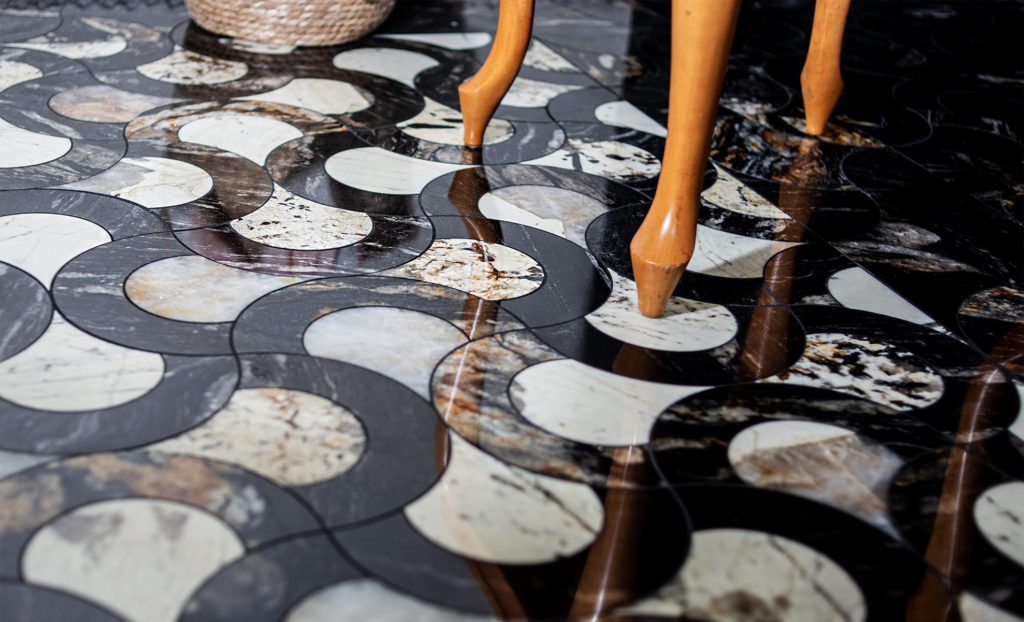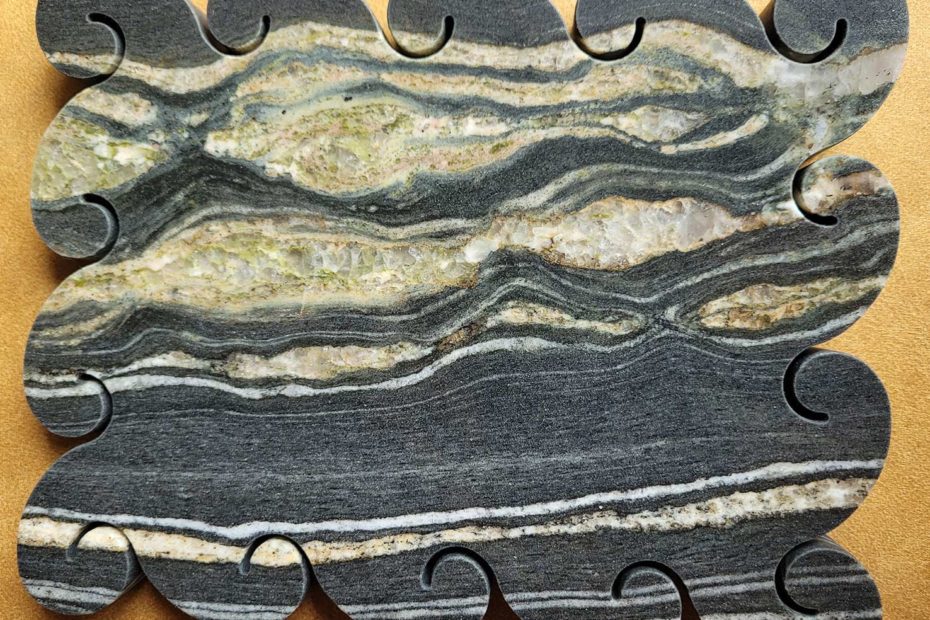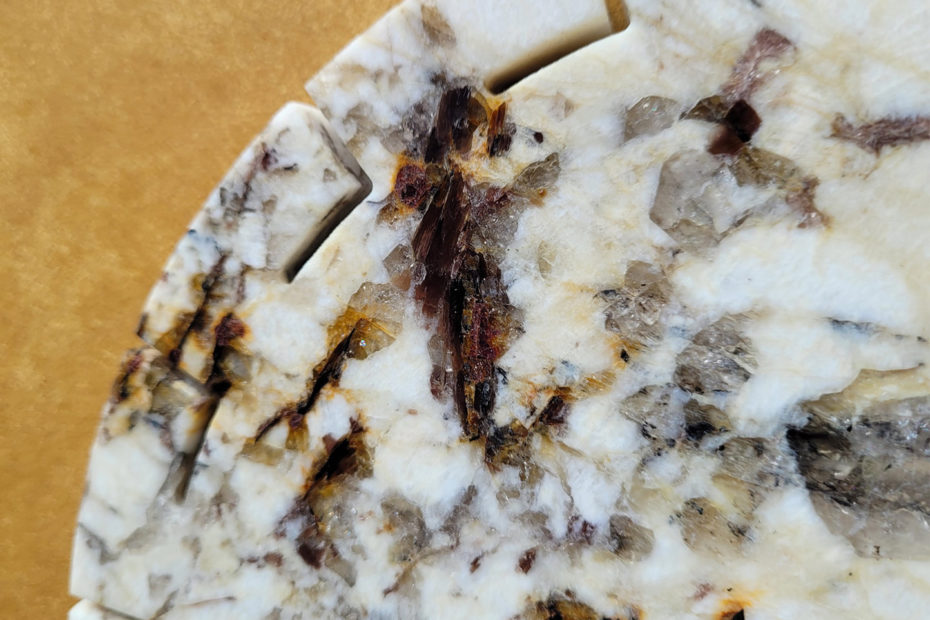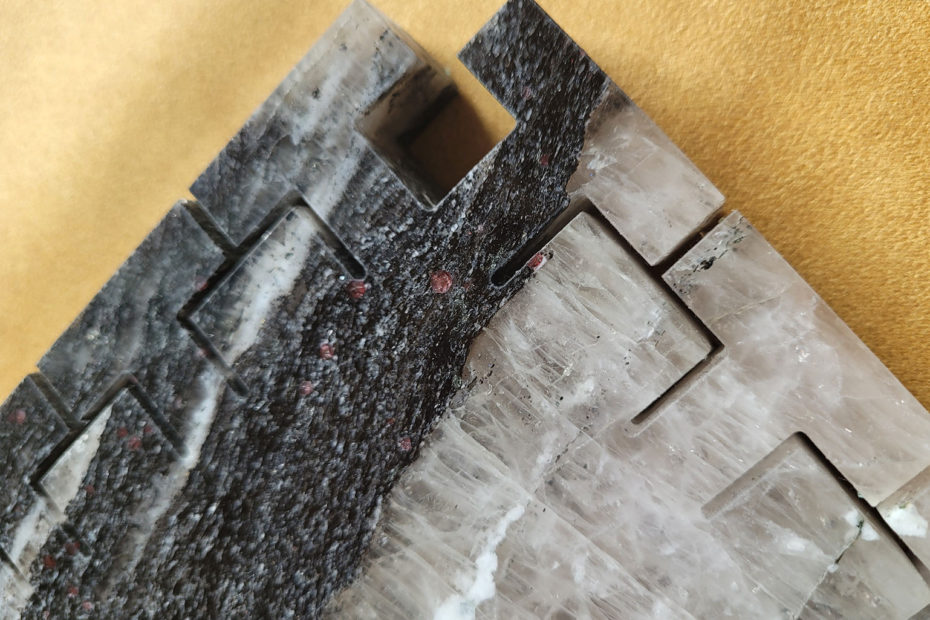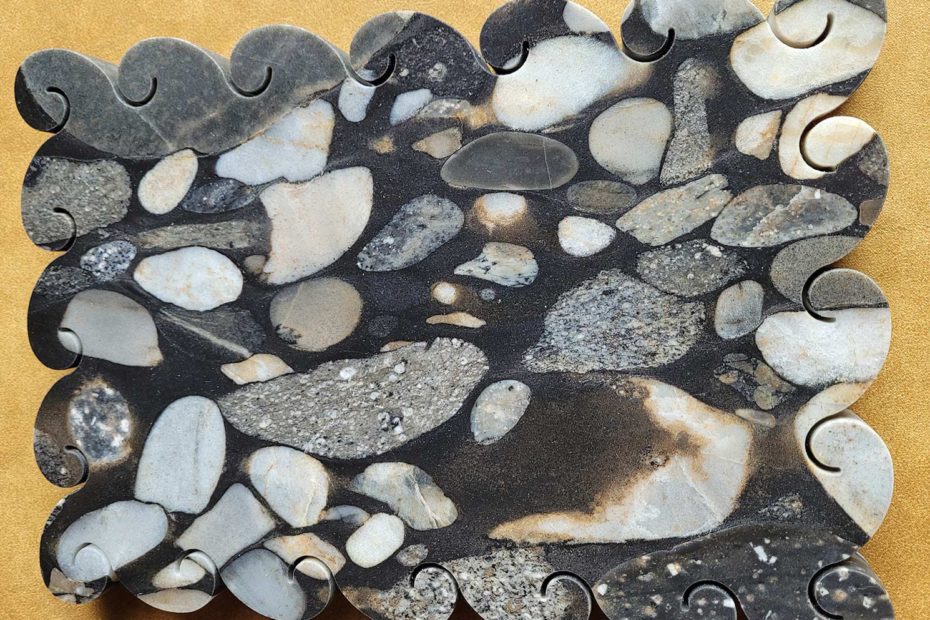Natural stone – Natural choice!
Since the beginning of mankind, stone has been close to a man and is synonymous with security. Starting with caves, it has become a structural element of houses, cities and a hallmark of many famous ancient civilizations. Interior design elements and decorations made of it have been with us for millennia. Stone carvings, mosaics and inlays are known in all major cultures around the world, many of which have developed over time some unique designs and concepts characteristic of their region.

Why natural stone?
Because stone comes in many types and varieties. The number of colours, patterns, shades and its light transparency is huge, and their combinations are endless. This great variety enables you to choose the perfect stone for each application you need: being it construction, works of art, utility items or elegant jewellery.
Because it is possible to process stone in many ways, it allows you to achieve extraordinary functional and visual effects thanks to different kinds of surfaces: raw, wavy, flamed, brushed, ground, hammered, antiqued, carved, polished, satin or honed.
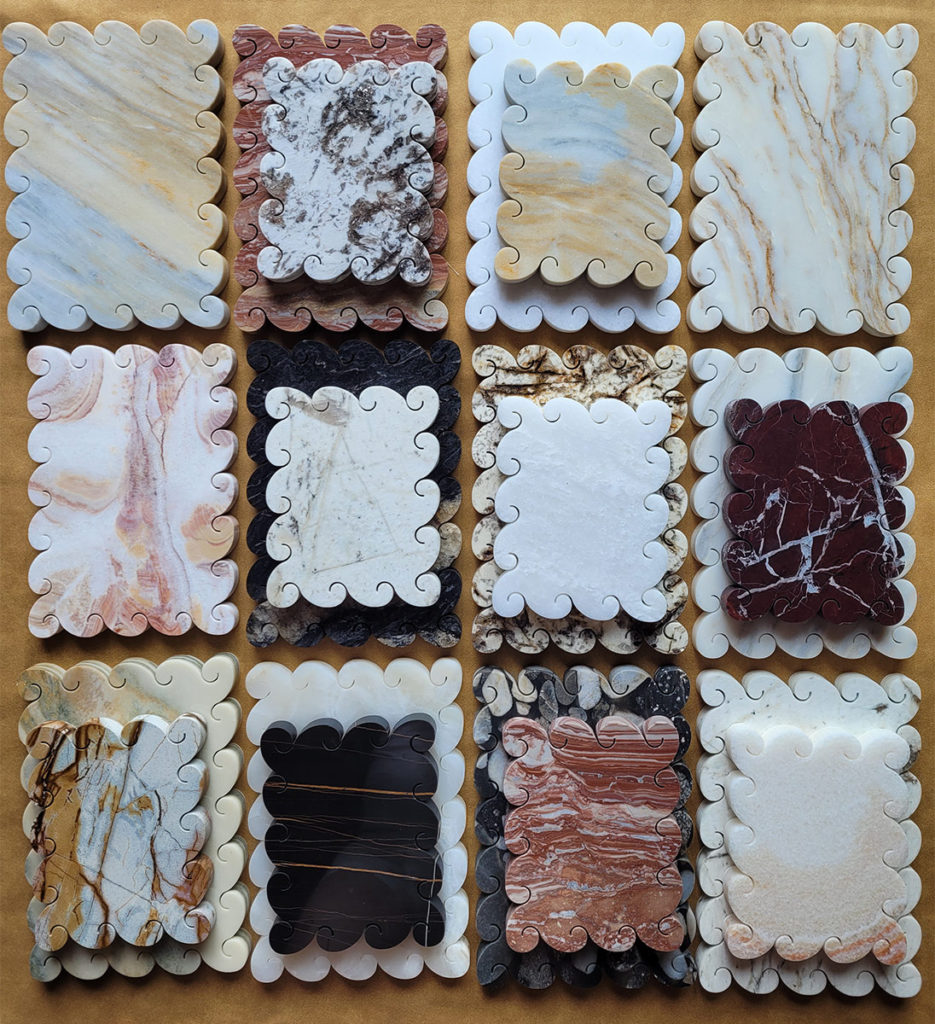
Because it took millions of years to create stone – this product is hard and dense enough to be processed and applied in a variety of ways. Its strength and endurance are guaranteed by nature. Its durability is so high that you might be sure your grandchildren and great-grandchildren will still be able to walk on your natural stone floor.
Because it retains its aesthetic and functional properties for long with only few properly applied maintenance treatments. Stone floor, even after many decades of use, can be re-polished and made look as new again.
Because it is non-combustible and therefore much safer than other building materials. During a fire, it does not release any toxic substances that may increase flames or poison people.
Because the use of modern technologies allows you to shorten the time of stone processing and thus its cost, which makes it very competitive comparing to other natural materials from which walls and floors are often made. What is more, its thermal conductivity properties make it an ideal material for underfloor heating.
Because natural stone items are never the same due to their uniqueness of colours, shades and background patterns. Stone is always unique and impossible to copy.
Because having a marble floor or cladding rewards its owner with timeless elegance, class and dignity.
Because it is more sustainable – as it can be mined and processed with lower energy consumption and more respect for the environment than any other man-made material.
Because it can be 100% recycled and reused in many other industries such as: chemical, pharmaceutical or food. And any leftovers might be later used for construction works, e.g. as a base for new roads.
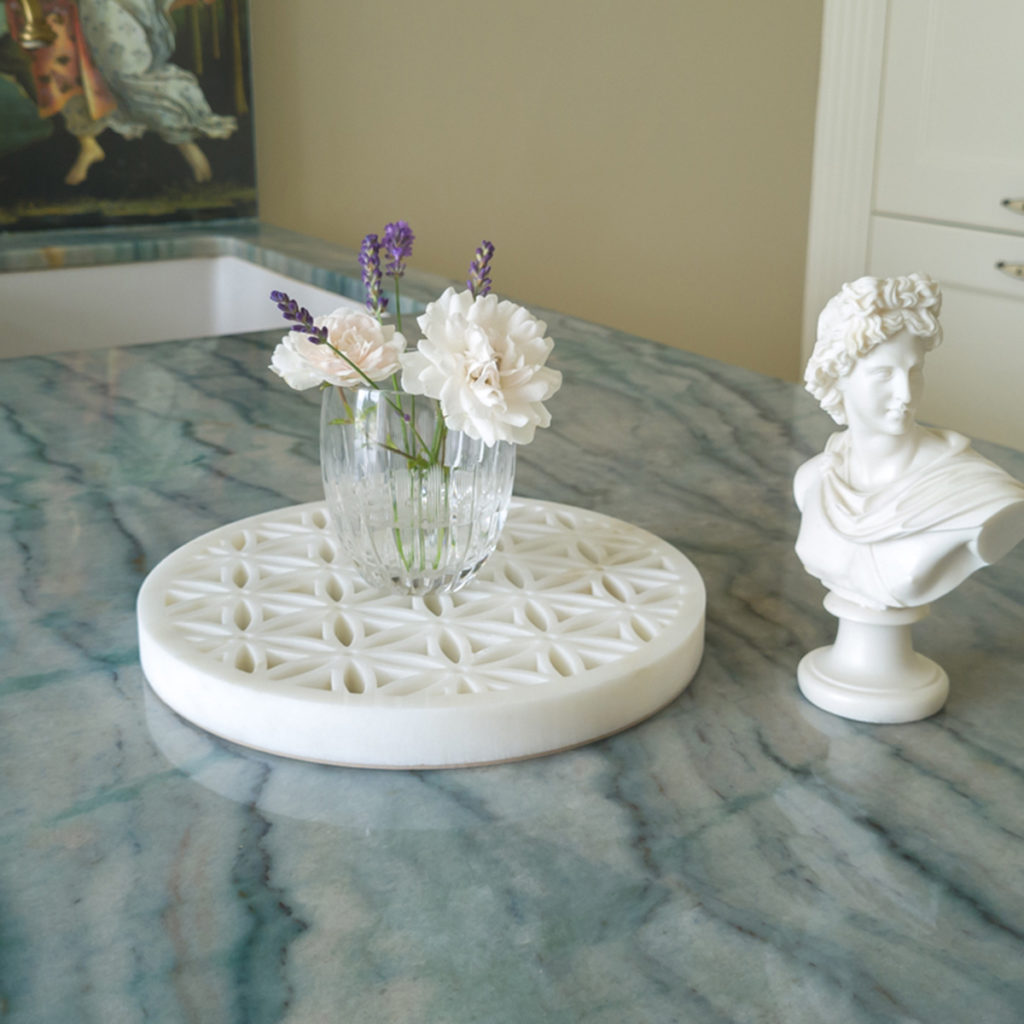
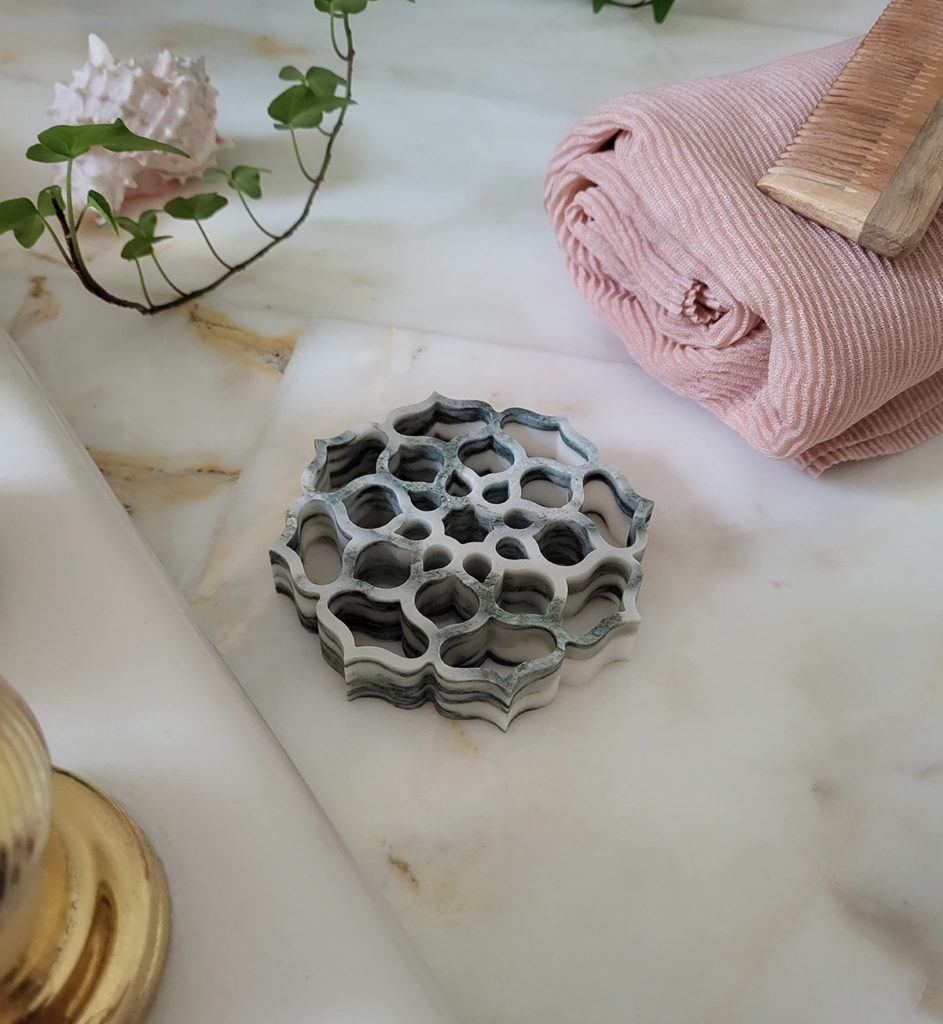
How to use stone?
Some types of stone are suitable for both indoors and outdoors, others are best used only inside a house. When deciding on the right stone, you should first analyze its internal properties and match them with your project. The physical characteristics of each individual stone allow you to choose from a variety of thicknesses, sizes, shapes and styles of surface finishes.
The most popular applications of stone in outdoor architecture are: external walls of buildings and facades, columns, courtyards, stairs, walls, pathways, monuments, fountains, tombstones.
The most popular indoor applications are: wall cladding, floor cladding, curtain and transparent walls, functional and artistic mosaics, swimming pools and saunas, moldings and decors, bathroom and kitchen countertops, columns and balustrades, statues, washbasins, bathtubs and vases, small interior design elements and utility items.
How to maintain stone?
Proper installation of a floor or wall covering by a professional, using adhesives dedicated for natural stone and suitable chemicals for impregnation, will prevent discoloration and protect a stone surface..
Impregnation of stone is particularly important, as it will prevent it from or protect it against harmful effects of substances containing acids, tannins or dyes found in food products such as red wine, carbonated drinks, lemon, vinegar, tomato, coffee and tea, sauces, oils and others, all of which carry the risk of changing the colour of stone permanently. The maintenance procedures are simple and can be performed periodically, without resorting to the help of a professional.
For general everyday upkeep, use a simple and effective cleaning solution of water and alcohol in the right proportion (1:1 or 2:1), or water and hydrogen peroxide (1:1 or 2:1), or just mix some hot or warm water with some mild soap and clean wipe a stone surface. Professional cleaning liquids are also available at a stonemason’s shop.
After years of use, as a result of heavy pedestrian traffic (usually in public spaces) or in areas that are particularly exposed to staining (e.g. spilling liquids in the kitchen), the surface of stone may become worn and dull. Natural stone is the only material that provides you with the opportunity to fully restore its original shine after polishing the worn surface.
Singularities in stone
So why choosing stone?
- because it is a natural material
- because it has a wide range of applications
- because its colour and pattern cannot be modified
- because it can be used in different sizes and finishes as well as matched with other materials
- because each project is different from another, which makes it unique
- because it is not a copy of anything else!!!
